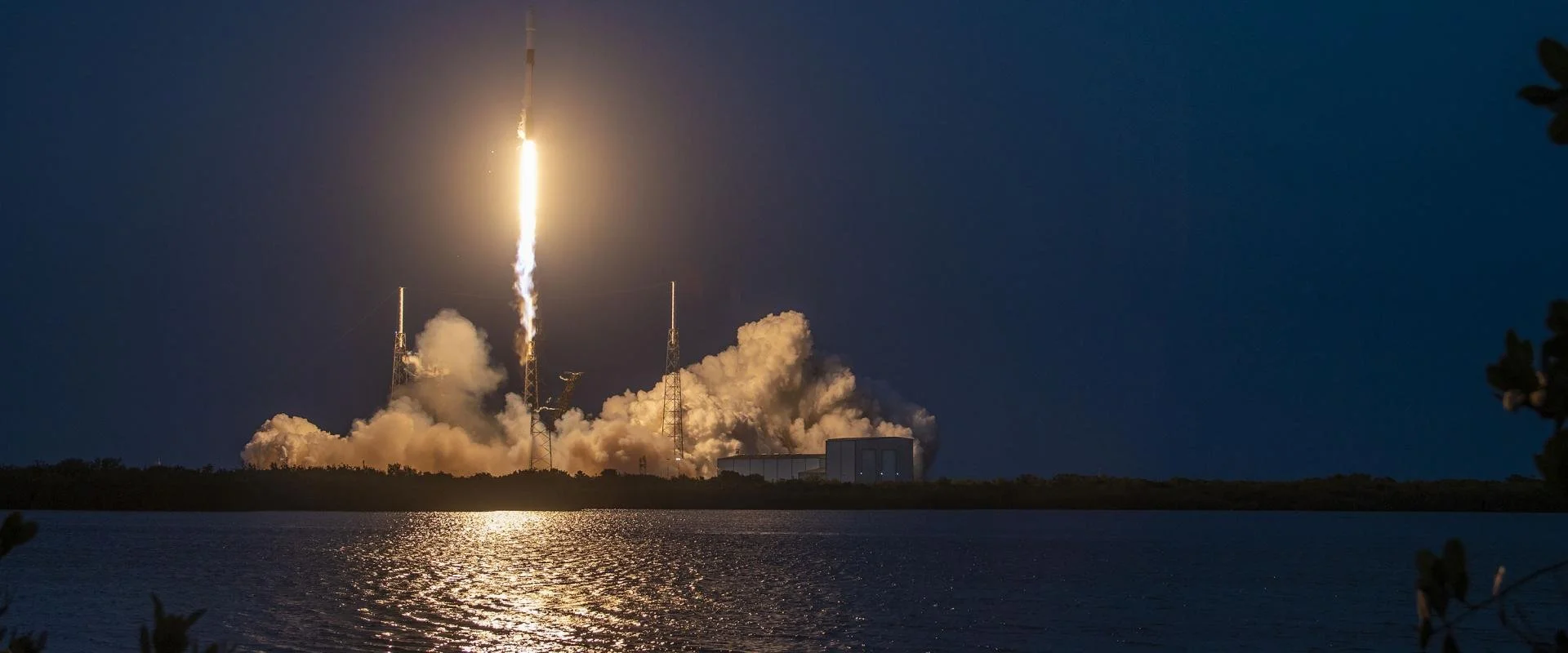SES-18 C-Band Satellite Goes Operational
SES announced today that the SES-18 satellite is now delivering services at 103 degrees West, replacing SES-3’s C-band payload. SES-18 is enabling SES to continue delivering C-band broadcast and radio services to millions of American homes, as well as provide other critical network communications services to the United States.
SES-19, which was launched in tandem with SES-18, has arrived at its orbital slot at 135 degrees West, where it is co-located with SES-22.
With this milestone, SES has completed the successful in-orbit deployment of five of the six new satellites as part of a broader Federal Communications Commission (FCC) program to clear a portion of C-band spectrum to enable wireless operators to deploy 5G services across the contiguous U.S. (CONUS). Satellite operators, including SES, have been tasked by the FCC to clear the lower 300MHz of C-band spectrum throughout CONUS by December 2023. The remaining sixth satellite, SES-23, is on the ground as a spare to provide redundancy in case of need.
SES-18 is critical to that effort, enabling SES to transition existing services to the upper C-band frequencies while maintaining uninterrupted services for customers. By providing contractual service protections to customers who receive video services in the U.S., SES-18 will enable SES to finish clearing C-band spectrum to help accomplish the FCC’s ambitious goals for American 5G innovation.
“We are excited to see our final two new C-band satellites in their orbital positions, and for SES-18 to provide continuity of service for our customers in the United States,” said Steve Collar, CEO at SES. “Thanks to our partners who have been an integral part of our C-band transition program, we look forward to completing the program ahead of the FCC’s accelerated relocation deadline.”
SES-18 and SES-19 were successfully launched by SpaceX’s Falcon 9 rocket in March 2023 from Cape Canaveral, Florida. SES-18 and SES-19 were designed, manufactured and assembled by Northrop Grumman.
